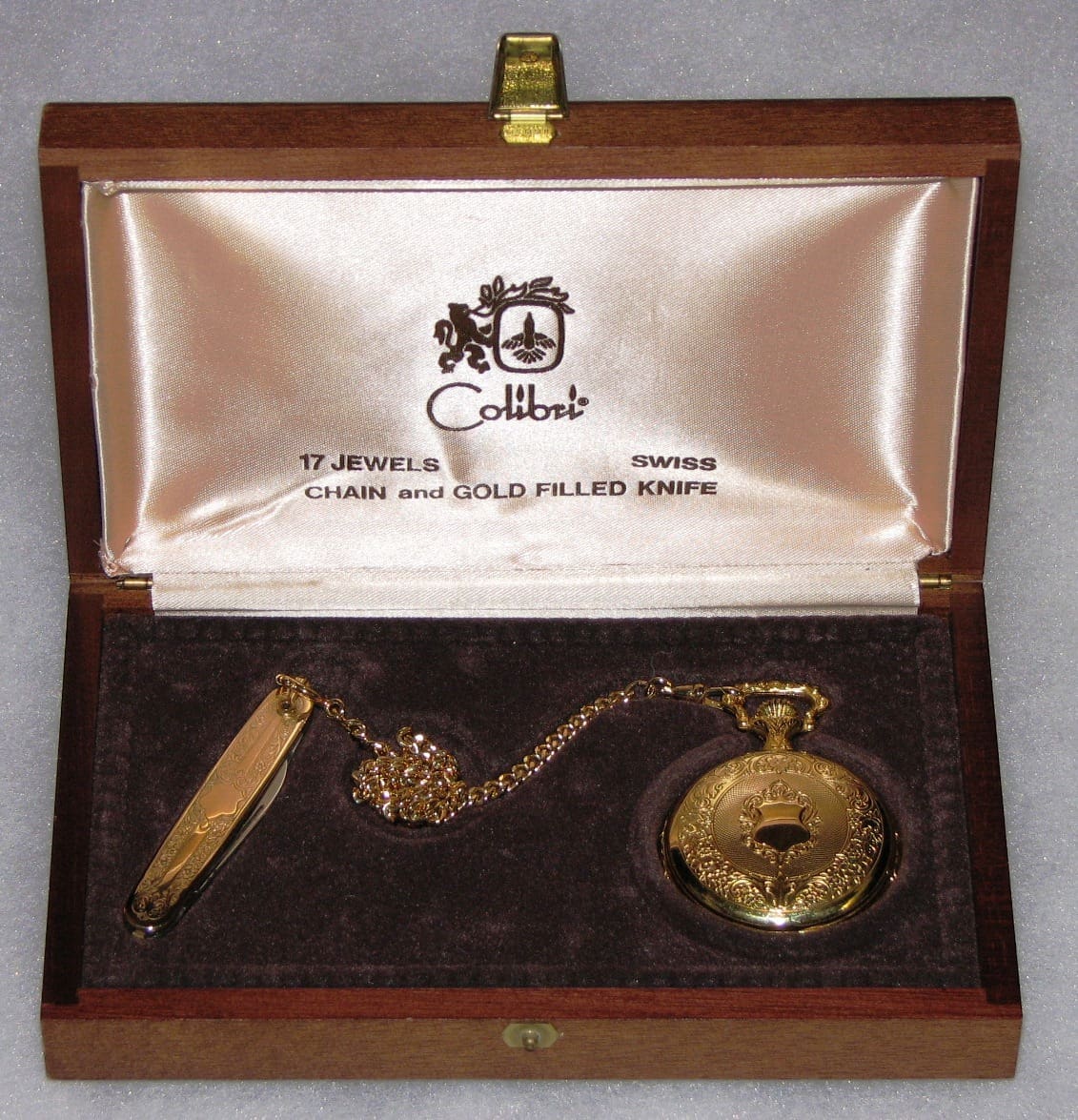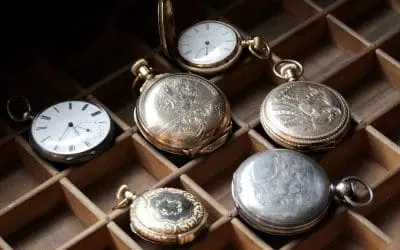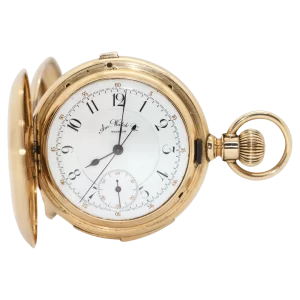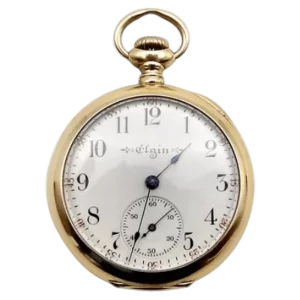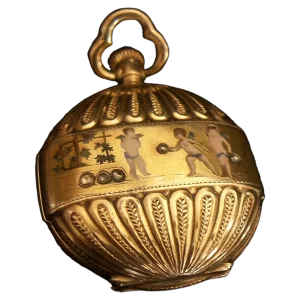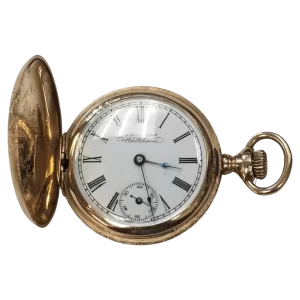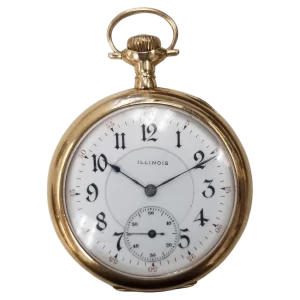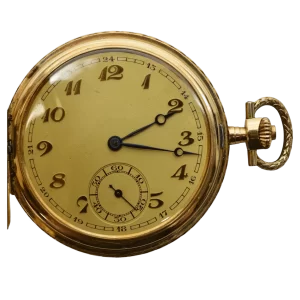For obvious factors, it’s crucial to understand whether your watch is in a strong gold case or whether it is merely gold-filled or gold plated [” gold-filled” includes a base metal such as brass sandwiched between 2 thin layers of gold] The only way to be absolutely sure whether your watch case is strong gold, naturally, is to take it to
For obvious factors, it’s crucial to understand whether your watch is in a strong gold case or whether it is merely gold-filled or gold plated [” gold-filled” includes a base metal such as brass sandwiched between 2 thin layers of gold] The only way to be absolutely sure whether your watch case is strong gold, naturally, is to take it to a competent and trusted jeweler and have it evaluated. However many watch cases are marked in such a way that you can typically figure it out if you know what to try to find. Here are some tips:
If the case is solid gold, it will often have a mark mentioning the gold content, such as “14K” or “18K”. Some [particularly early American] case makers unscrupulously significant gold-filled cases as “14K” or “18K”, allegedly indicating that the cases were 14 or 18-karat gold-filled, so it is always best if the case likewise states something like “Warranted United States Assay” after the karat marking. Again, when in doubt, have it professionally tested.
Some, particularly European, watches express the gold content as a decimal. Pure gold is 24K, so a 18K watch would have “0.750” stamped on it and a 14K watch would have “0.585” stamped on it.
If a watch is only gold-filled it will frequently state that it is such. “Rolled gold” and “rolled gold plate” are comparable terms that suggest it is not solid gold. Keep in mind that a “14K Gold Filled” case is still simply gold-filled.
A gold-filled case will typically state the number of years the gold is required to wear. At any time you see a period of years [” Guaranteed 20 years, “Warranted 10 years,” and so on.] you can be sure the case is gold-filled and NOT strong gold. Bear in mind that an abnormally heavy gold-filled case can in some cases produce a false reading when tested for gold content, and a solid gold case will NEVER be marked with a variety of years it is necessitated to wear. It is not unusual to see a case marked “necessitated 25 years” that is being sold as “strong gold” by a [ideally] oblivious seller, and an informed buyer needs to be aware what she or he is really buying.

